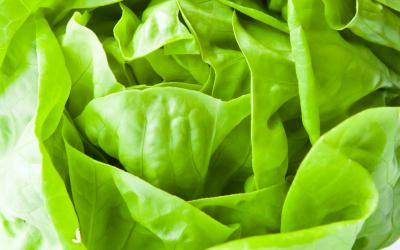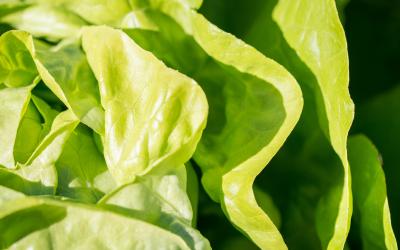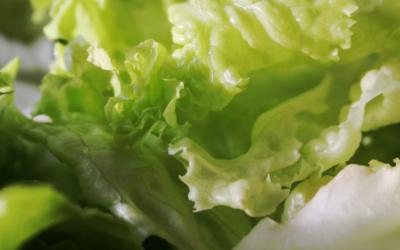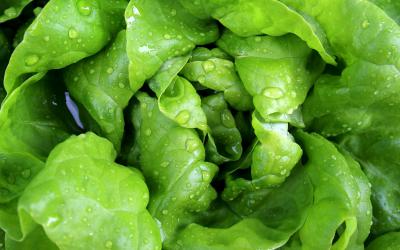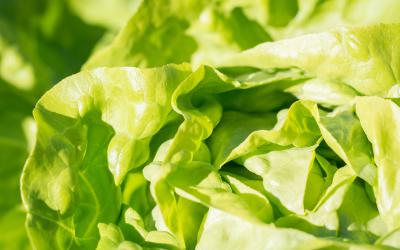A 2016 Fusarium conference for researchers and industry was held in the Salinas area to advance the priority suggestions from the 2015 symposium. Breakout sessions focused on future research projects and field evaluation of resistant varieties and crop protection products. Attendees were able to tour the area's lettuce industry and research institutions.
Plant Disease
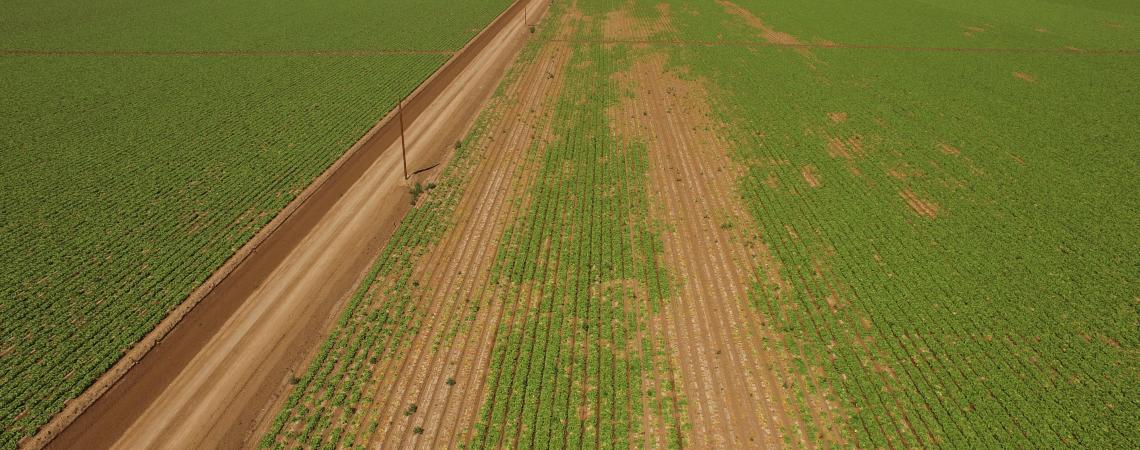
Lettuce Diseases
Lettuce is perhaps the most widely consumed vegetable in the United States yet its commercial production is extremely restricted. Although limited commercial acreage can be found in several states such as Colorado, Texas, and Florida, Arizona, and California dominate US production accounting for more than 95% of the US lettuce production.
Most production is focused on three principal lettuce types:
- Crisphead (iceberg)
- Romaine
- Leaf lettuce
In California, lettuce is ranked as the 5th most important agricultural commodity with a gross value of $1.96 billion (California Agricultural Production Statistics 2016). In Arizona, the importance of lettuce as an agricultural commodity is even more striking: The lettuce crop is ranked as the highest valued crop commodity with a gross value of $800 million or roughly 30% of the state's agricultural economy (Arizona Agricultural Statistics Service 2008).
Between these states, lettuce production occurs year-round and is primarily grown in three regions depending on the season. In summer, production occurs in the Salinas Valley and other coastal valleys in California, and in fall and spring production occurs in the San Joaquin Valley, CA. In winter, virtually all US production of the 3 lettuce types occurs in the deserts of Arizona and California, and is a critical industry for this region's economic health (California Agricultural Statistics Service. 2006; National Agricultural Statistics Service).
Disease management is a principal activity for growers of all types of lettuce as viral, bacterial, and most importantly, fungal diseases can seriously impact quality and yield. Many management strategies are based on chemical applications as these methods often provide the only level of control acceptable to the industry. The content located under the plant disease section of the Learn Tab was made possible by funding from the Arizona Iceberg Lettuce Research Council (AILRC).
Disease control and management were identified by industry as the highest-priority area of research focus in an AIRLC survey. The plant disease content was selected to provide a concise overview of some of the diseases of concern identified in the AILRC survey to assist growers with disease control and management and provide the most immediately applicable information needed for successful lettuce production in Arizona rather than an exhaustive listing of the entire body of knowledge.
For a complete list of these diseases, visit the American Phytopathological Society website.

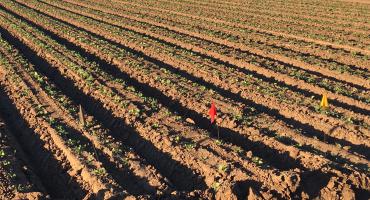
Nearly $70,000 in funding from the Arizona Department of Agriculture Specialty Crop Block Grant Program allowed us to continue field trials of crop protection products as well as research early and remote disease detection. UA researchers Dr. Barry Pryor and Dr.

